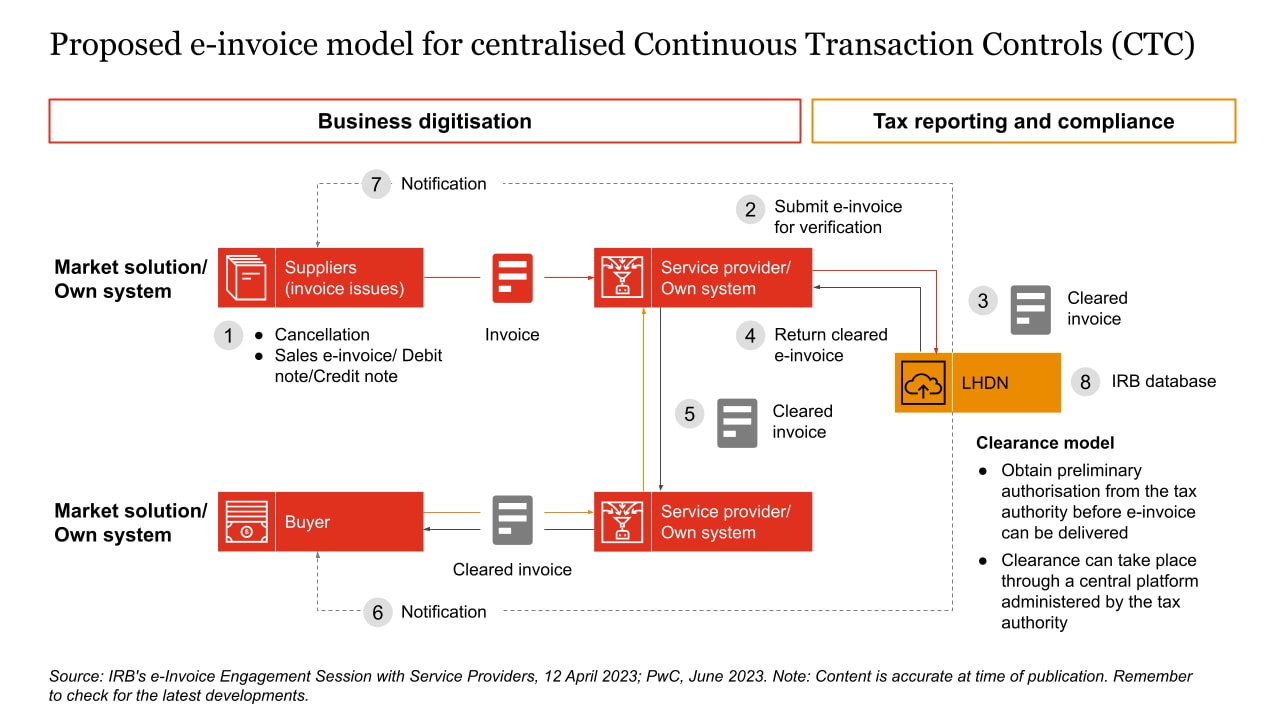As part of the Value Added Tax (VAT) in the Digital Age (ViDA) initiative, the European Commission has proposed a series of measures, where they further categorise VAT listing, Standard Audit File for Tax (SAF-T) reporting, real-time reporting and e-invoicing as part of digital reporting requirements to modernise the European Union (EU)'s VAT through digitalisation.
Therefore, from the graph below, we see many countries, especially from the EU, have begun their e-invoicing journey to monitor tax administration from an indirect tax perspective. In Malaysia, IRB’s current implementation will focus on a direct tax perspective. However, looking at the global trends and developments on digital reporting requirements, this may extend to cover other areas of taxes, e.g. indirect taxes and transfer pricing, or to further extend real-time reporting or SAF-T reporting like what we are seeing in EU countries.













.jpeg)












